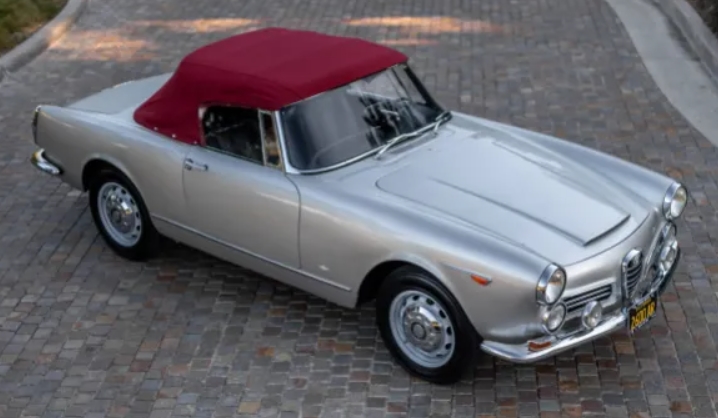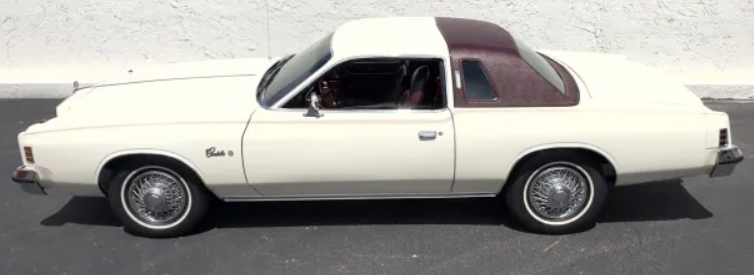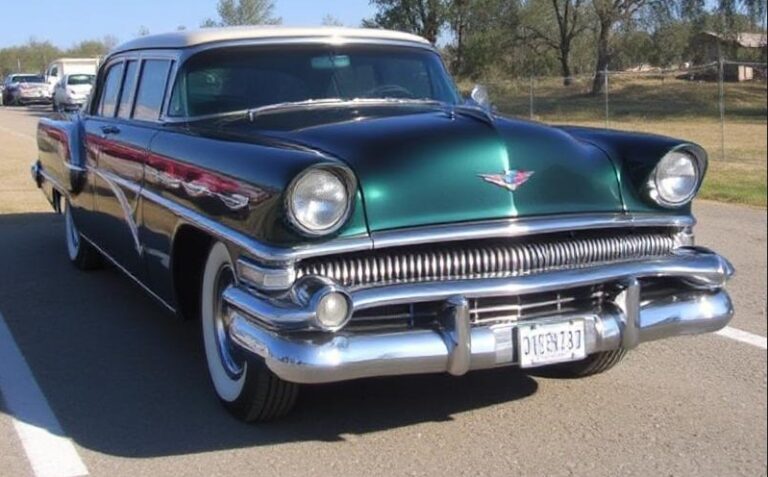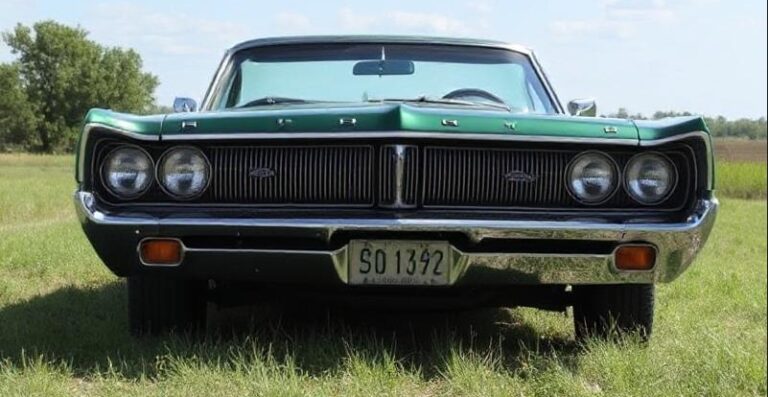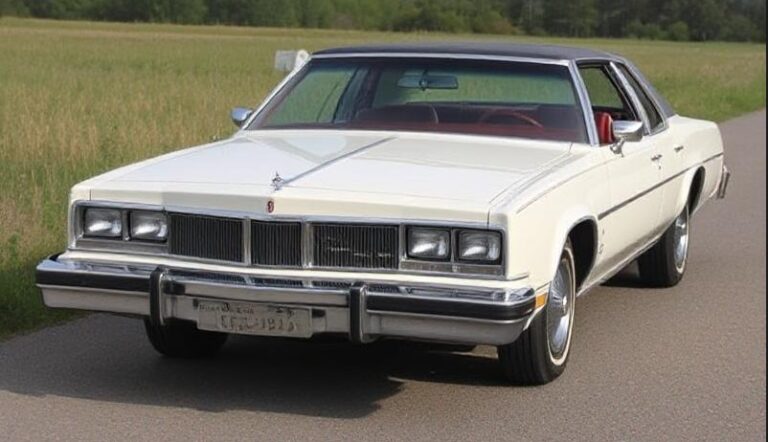The Alfa Romeo 2600 Evolution: A Gentleman’s Express and the End of an Era
In the annals of automotive history, some cars are celebrated for their revolutionary impact, while others are cherished for their sheer beauty or motorsport prowess. The Alfa Romeo 2600, produced from 1962 to 1969, occupies a more nuanced space. It was not a revolution, nor was it a dominant force on the racetrack. Instead, it was an elegant and powerful swan song—the last of Alfa Romeo’s famed inline-six-cylinder flagships for over two decades and a bridge between the coachbuilt artistry of the 1950s and the mass-produced brilliance of the brand’s future. The story of the 2600 series is one of superb engineering, breathtaking design, and unfortunate timing.
Genesis: A Powerful Heart in a Proven Body
The origins of the 2600 (designated Tipo 106) lie in its direct predecessor, the 2000 series (Tipo 102), which was introduced in 1958. The 2000 was a handsome and capable car, available as a factory-bodied Berlina (saloon), a stylish Spider by Touring, and a graceful Sprint coupé by Bertone. However, its four-cylinder, 1975cc engine, while competent, lacked the outright power and prestige to compete with high-end offerings from rivals like Lancia, Fiat, and international marques such as Jaguar and Mercedes-Benz.
Alfa Romeo’s solution was evolutionary rather than revolutionary. They retained the well-regarded chassis and body styles of the 2000 series but developed a new, larger engine to provide the necessary performance and cachet. The result was a magnificent 2584cc dual overhead camshaft (DOHC) inline-six. This all-alloy powerplant was a direct descendant of Alfa Romeo’s legendary racing engines, featuring hemispherical combustion chambers and a robust, smooth character. It was this engine that would define the 2600 and grant it a unique place in the company’s lineage.
The Alfa Romeo 2600 series made its official debut at the 1962 Geneva Motor Show, presented in three distinct forms that would form the core of the model range for its entire production life.
The Triumvirate: Berlina, Sprint, and Spider
- The 2600 Berlina (1962-1969)
The Berlina was the stately, four-door saloon of the range and the only model to be designed and built entirely in-house by Alfa Romeo at their Portello factory. Its styling was a direct carryover from the preceding 2000 Berlina, giving it a sober, conservative, and perhaps slightly dated appearance even at its launch. It was a large, substantial car, intended for discerning businessmen, politicians, and well-to-do families who required comfort and space alongside performance.
Under the bonnet, the Berlina’s inline-six was fitted with two twin-choke Solex carburettors, producing a respectable 130 bhp. This was enough to propel the heavy saloon to a top speed of around 112 mph (180 km/h). Initially, it was equipped with a five-speed manual gearbox operated via a column shifter to maximize front cabin space, though a more conventional floor-mounted shifter became an option later.
The Berlina was a comfortable and quiet cruiser, ideal for traversing Italy’s new autostrade. However, its weight and softer suspension meant its handling was more ponderous than what Alfisti had come to expect. It was a luxury tourer, not a sports saloon. One notable upgrade during its life was the adoption of Girling front disc brakes from the outset, with four-wheel discs being standardized around 1964, a significant improvement over the drum brakes of its predecessor.
Despite its solid engineering, the Berlina was never a strong seller. Its high price and conservative styling struggled against more modern competitors. Approximately 2,038 units were produced.
- The 2600 Sprint (1962-1966)
While the Berlina was the sensible choice, the 2600 Sprint was the heart of the range. A stunningly beautiful 2+2 coupé, its body was penned by a young Giorgetto Giugiaro during his tenure at Bertone. The design was an evolution of his work on the preceding 2000 Sprint, featuring a clean, pillarless profile, a commanding front grille with quad headlamps, and a perfectly proportioned fastback rear. It exuded an air of speed, luxury, and sophistication, making it the quintessential Italian Gran Turismo.
The Sprint was not just about looks; it had the performance to match. Its version of the 2.6-litre six-cylinder engine was equipped with three twin-choke side-draught Solex carburettors, boosting power to 145 bhp. This allowed the Sprint to reach a top speed of 125 mph (200 km/h), making it a genuine high-speed continental tourer. It was fitted with a five-speed, floor-mounted manual gearbox from the start, enhancing its sporting character.
The interior was luxuriously appointed with leather, comprehensive instrumentation set in a handsome wooden dashboard, and comfortable seating for long journeys. The combination of its potent engine, comfortable ride, and timeless Giugiaro styling made the Sprint the most desirable and most successful model in the 2600 range. It perfectly embodied the “Gentleman’s Express” ethos—a car for covering vast distances quickly and in absolute style. Production of the Sprint ceased in 1966, with a total of 6,999 examples built.
- The 2600 Spider (1962-1965)
For those who preferred open-air motoring, there was the 2600 Spider. Bodied by the famed Milanese coachbuilder Carrozzeria Touring, it was an elegant and glamorous two-seater convertible (with a small rear bench for occasional use). Like the Sprint, its design was an evolution of the 2000 Spider, retaining the graceful lines, prominent bonnet scoop, and refined proportions that made its predecessor a classic.
The Spider shared its mechanical specification with the Sprint, featuring the same 145 bhp, triple-carburettor engine and five-speed gearbox. This potent combination delivered exhilarating performance, with the soundtrack of the straight-six engine providing an intoxicating accompaniment to top-down driving. Early models were constructed using Touring’s renowned Superleggera method, where aluminum body panels were wrapped over a lightweight tubular steel frame, although later cars reverted to a more conventional all-steel construction.
Like its coupé sibling, the Spider was more of a grand touring convertible than an outright sports car. Its focus was on style, comfort, and effortless high-speed cruising. It was a car perfectly suited for the French Riviera or the Italian lakes. However, its production life was the shortest of the main trio, ending in 1965 partly due to the financial difficulties that would eventually lead to the closure of Carrozzeria Touring. A total of 2,255 Spiders were built.
The Rare Birds: Zagato and OSI
Beyond the main production models, the 2600 platform also gave rise to two exceptionally rare and fascinating coachbuilt variants.
The 2600 SZ (Sprint Zagato) (1965-1967) For customers seeking a more focused, sporting edge, Alfa Romeo turned to Zagato. The result was the 2600 SZ, designed by the legendary Ercole Spada. True to Zagato’s philosophy, the car was lighter and more aerodynamic than the Bertone Sprint. Its controversial design featured a rounded nose, a glassy canopy-like cabin, and a distinctive truncated “Kamm tail” rear end designed to reduce aerodynamic drag.
The engine was further tuned, now equipped with three larger Weber carburettors, pushing power to an impressive 165 bhp. Combined with the reduced weight and slippery shape, the SZ was the fastest of all the 2600s, capable of over 130 mph (210 km/h). Only 105 examples of this unique and highly collectible machine were ever built, making it the ultimate expression of the 2600’s performance potential.
The 2600 Deauville (1965-1968) A lesser-known but equally intriguing variant was the Deauville, a four-door luxury saloon built by Officine Stampaggi Industriali (OSI). Based on the Berlina’s chassis, the Deauville was a complete stylistic departure, penned by Giovanni Michelotti. It featured a much more modern, angular, and elegant pillarless design, reminiscent of the Lancia Flaminia or Facel Vega. Intended as a bespoke, ultra-luxury alternative to the somewhat plain factory Berlina, the Deauville was beautifully finished but prohibitively expensive. As a result, it remained an extremely rare sight, with only 54 units believed to have been produced.
.
Many car aficionados have multiple hobbies, like boating as well as auto stuff. Those who don’t already own a boat (and even some that do), may have thought about building their own boats. It’s really not as hard as you’d think. Just take a look at these easy boat building plans!

.
Legacy and Market Position
Despite its superb engine and the beauty of its coachbuilt variants, the Alfa Romeo 2600 was ultimately a commercial disappointment. It was a victim of several factors. Firstly, it was an expensive car, placing it in a competitive market segment against formidable rivals. Secondly, its chassis, derived from a 1950s design, felt heavy and less agile than what the public was beginning to expect from the Alfa Romeo brand.
The most significant challenge, however, came from within Alfa Romeo’s own showroom. In 1962, the same year the 2600 was launched, Alfa Romeo introduced the Giulia. This new range of saloons and coupés was lighter, nimbler, more affordable, and technologically advanced. The Giulia embodied the future of Alfa Romeo—a future of mass-produced, exhilarating driver’s cars. In contrast, the big, stately 2600 felt like a relic from a bygone era of bespoke grand tourers. The market responded enthusiastically to the Giulia, and the 2600 was largely overshadowed.
Production wound down by 1969, and with it, the era of the classic Alfa Romeo inline-six flagship came to a close. The company would not produce another car with a six-cylinder engine until the Alfa 6 arrived in 1979.
Today, the Alfa Romeo 2600 is appreciated for what it was: a beautifully engineered car from a transitional period. The Sprint and Spider are regarded as two of the most elegant GT cars of the 1960s, while the exceptionally rare SZ and Deauville are prized by serious collectors. The 2600 series may have been the last of its kind, but it was a magnificent and dignified finale for Alfa Romeo’s grand touring tradition.
